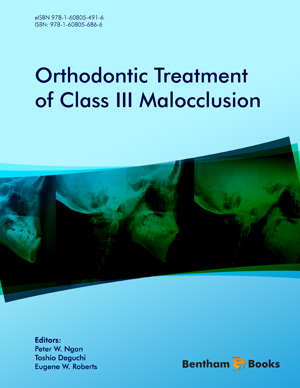Abstract
The relationship between body height increments and facial growth is well documented in the literature. Correlations are also found between body height and mandibular growth because both lower extremities and mandible are long bones with epiphyseal cartilage. The growth characteristics are similar for the mandible and long bones. On the average, body height tends to be greater in Class III than in Class I individuals. Furthermore, Class III individuals mature slower than Class I individuals during puberty. This may mean the growth period is much longer in Class III subjects, but that still needs to be substantiated. However, studies show there is no significant difference in facial growth increments between Class III and Class I subjects during the pubertal growth period. This means there is already differences in facial growth pattern between Class III and Class I subjects before the pubertal growth spurt. It is also important to note that patients with acromegaly also exhibited abnormal growth. This chapter suggested a few reasons why the occlusion tends to be unstable in Class III patients after treatment. In Class I subjects, stability can be explained by skeletal and dental compensation; cranial base growth compensates occlusal changes. However, the growth of the posterior cranial base is smaller in Class III individuals during puberty so that mandibular growth more directly affects the occlusion. Other factors in occlusal stability occur after treatment. The prediction of mandibular growth potential is possible using hand-wrist X-rays after the pubertal growth spurt. Clinically, there are limitations of orthopedic treatment with chincup and/or maxillary protraction appliance. These appliances may inhibit or at least mask mandibular growth. However, if there is excess mandibular growth after removal of the orthopedic appliance(s), Class III malocclusion may reoccur. The risk of orthodontic and orthopedic treatment can be minimized by a better understanding of the characteristics of facial growth in Class III patients.
Keywords: Craniofacial growth, Body height, Skeletal maturation, Class III skeletal growth.






















